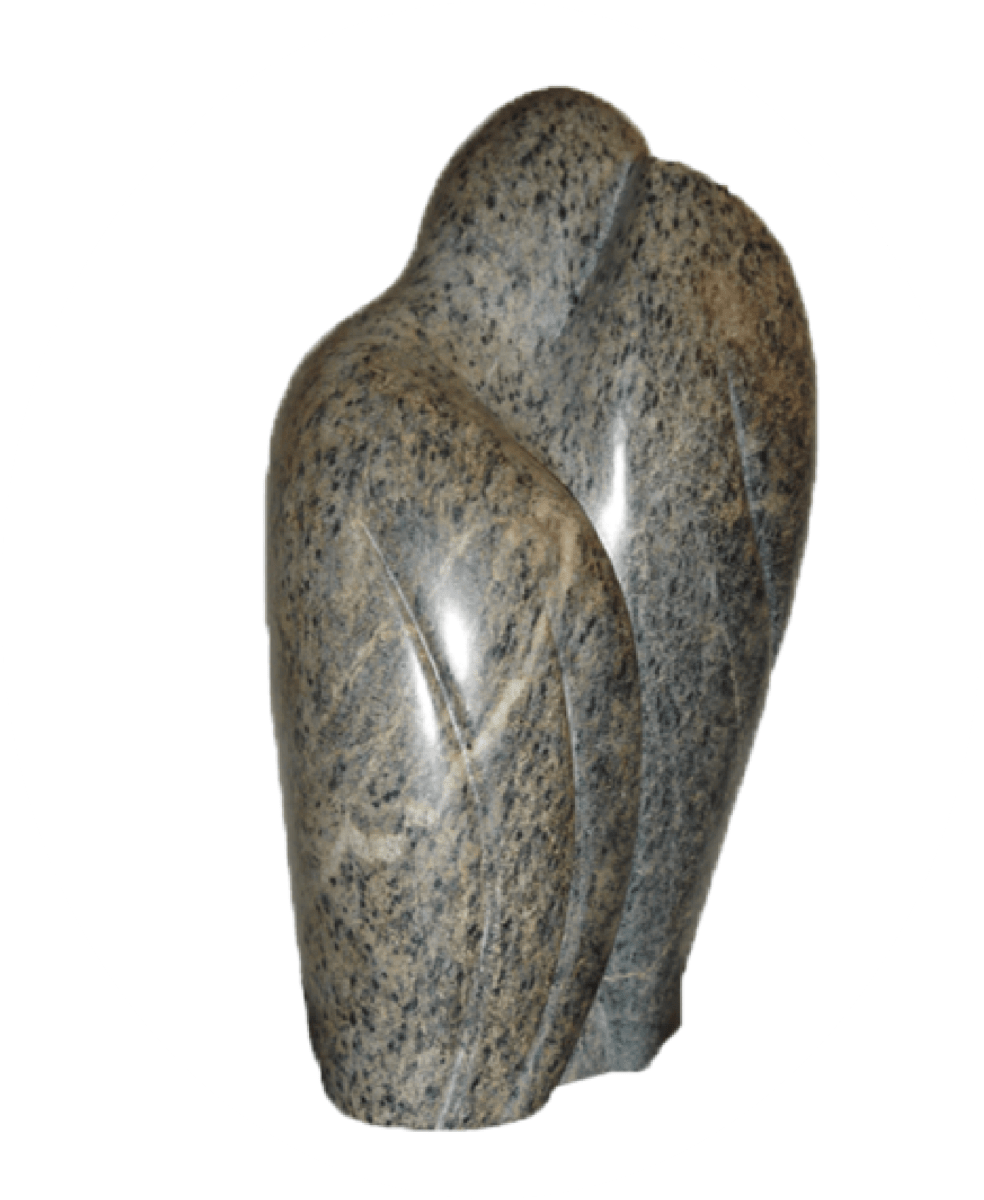With each composition I listened carefully to try to make out what text was being sung, which was not always easy to do. Surprisingly, it appeared that not one text existed, for I found a number of variations.
It appears that two principal variations exist, with the main difference found in the 19th stanza, with completely different versions.
In the table below you will find the two basic versions. In the left column the one which is published in Analecta hymnica mediiaevi 1886-1922, 55 vols, A consolidation of the history and texts of hymns of the Catholic Church 500 – 1400, vol. 54, p.312. In my comments on the compositions I will call this the “Analecta-version”.
In the right column I give the version that I think is official nowadays in the church. As far as I know this has become official since 1908. I will refer to it as the “Vatican-version”. The differences between the two I have emphasized by using italics. Though I have not yet been able to find out with absolute certainty what text of the Stabat Mater is the original one, strong indications can be found. For instance, it is interesting to notice that an alternative that is used in the Vatican version (the second line in stanza 17, Fac me cruce inebriari), cannot be right: this line has a syllable more than the 8 syllables that are characteristic for this poem! Furthermore, the last words of stanzas 19 and 20 (victoriae, gloria) do not rhyme! The oldest reference to the deviating “Vatican” stanza 19 can be found in the 15th century manuscript Laurenziano Ashburnamiano.
An further indication that the “Analecta”-version could be the original poem can be found in the existence of a counterpart of the Stabat Mater Dolorosa, the Stabat Mater Speciosa. This poem has been found in a medieval handwriting, and it is clearly based on the “Analecta”-version.
In a little book from 1957 by P.Maximilianus O.F.M.Cap. (probably a Dutch catholic clergyman) called De Middelnederlandse Vertalingen van het Stabat Mater the author describes a study in which he examines seven mediaeval translations of the poem into Dutch, found in medieval manuscripts.
During this study he has met a number of deviating Latin stanzas (a.o. for the nrs. 10, 14, 16, 17 and 18) which can be found in the second colum of the table, within parentheses. He blames these on the bad work of copyists who tried to better the original.
He further states, that the German author C.Blume in his work Stimmen der Zeit (1915) after an extensive analysis of over 50 manuscripts, also concluded that the “Analecta”-version must be the original one.
The medieval English composers Ashwell, Brown, Cornysh and Davy all use a text that differs greatly from the original. The first 8 stanzas are the same, but the other 12 are replaced by 6 others, not only with a different content, but also with a different rhyme scheme (aaac, bbbc). These stanzas can be found below, after the original poem.
Finally, it is interesting to note that nowadays almost nobody pays any attention to the fact that in Latin the letter “J” does not exist! As I try to be as close to the original as possible, I have replaced every “J” with an “I”.
Now (February 2003) Martin Giles mails me that in Latin the letters “u” and “v” are the same. According to him, consistent would be to use “u” for lower case (inuentus, in stead of inventus) and “V” for upper case (Vt, in stead of Ut). He may be right, but I am not going to be as consistent as that, as it would change the “look” of the text completely!
Iuxta crucem lacrimosa Dum pendebat Filius |
1 |
Iuxta crucem lacrimosa Dum pendebat Filius |
Contristatam et dolentem Pertransivit gladius |
2 |
Contristatam et dolentem Pertransivit gladius |
Fuit illa benedicta Mater unigeniti! |
3 |
Fuit illa benedicta Mater unigeniti! |
Et tremebat cum videbat Nati poenas incliti |
4 |
Pia Mater, dum videbat Nati poenas incliti |
Christi Matrem si videret In tanto supplicio? |
5 |
Matrem Christi si videret In tanto supplicio? |
Piam Matrem contemplari Dolentem cum Filio? |
6 |
Christi Matrem contemplari Dolentem cum Filio? |
Vidit Iesum in tormentis, Et flagellis subditum. |
7 |
Vidit Iesum in tormentis, Et flagellis subditum. |
Moriendo desolatum Dum emisit spiritum |
8 |
Moriendo desolatum Dum emisit spiritum |
Me sentire vim doloris Fac, ut tecum lugeam |
9 |
Me sentire vim doloris Fac, ut tecum lugeam |
In amando Christum Deum Ut sibi complaceam |
10 |
In amando Christum Deum (Et in Christo requiescat) Ut sibi complaceam (Ut ei placeamus) |
Crucifixi fige plagas Cordi meo valide. |
11 |
Crucifixi fige plagas Cordi meo valide. |
Tam dignati pro me pati, Poenas mecum divide. |
12 |
Tam dignati pro me pati, Poenas mecum divide. |
Crucifixo condolere, Donec ego vixero. |
13 |
Crucifixo condolere, Donec ego vixero. |
Te libenter sociare In planctu desidero |
14 |
Et me tibi sociare (Crucifixo fac me frui) In planctu desidero (Dum sim in exilio) |
Mihi iam non sis amara Fac me tecum plangere |
15 |
Mihi iam non sis amara Fac me tecum plangere |
Passionis eius sortem, Et plagas recolere. |
16 |
Passionis fac consortem, Et plagas recolere. |
Cruce hac inebriari, Ob amorem Filii |
17 |
Fac me cruce inebriari, (Cruce, lancea beari) Et cruore Filii |
Per Te, Virgo, sim defensus In die iudicii. |
18 |
Per Te, Virgo, sim defensus (Virgo clemens, o Maria) In die iudicii (Audi preces servuli) |
Morte Christi praemuniri Confoveri gratia |
19 |
Da per Matrem me venire Ad palmam victoriae |
Fac, ut animae donetur Paradisi gloria. Amen. |
20 |
Fac, ut animae donetur Paradisi gloria. Amen |
Medieval English (Stanzas 9 – 14) with translation
Iuxta crucem lacrimosa Videns ferre criminosa Nullum reum crimine |
9 |
in tears at the foot of the cross as she saw him undergo a criminal’s fate who was guilty of no crime |
Iuxta natum dolorosa Plebs tunc canit clamorosa: ‘Crucifige, crucifige’ |
10 |
grieving beside her son the crowd shouted raucously: ‘Crucify him, crucify him’ |
Tibi, virgo poenae plena Commemorans praeamoena Iam versa in maestetam |
11 |
you suffered, Virgin full of sorrows when you recalled former joys now all turned to lamentation |
In te, Mater, dum detentus Stabat natus, sic contentus Ad debellandum Sathanam |
12 |
while your son stood constrained there gladly bearing his pain that Satan might be overthrown |
Natum tuum, qui peccata Delet cuncta perpetrata Deprecare dulciflue |
13 |
beseech your son, who takes away all the sin that we have committed with sweet and gracious prayers |
In nobis plantet firme grata Per quem dando praelibata Praestet aeterna requi. Amen |
14 |
he might plant firmly in us the gifts of grace and might fulfil in us what they promise in our eternal rest. Amen |




